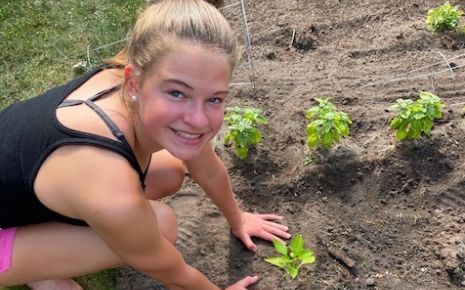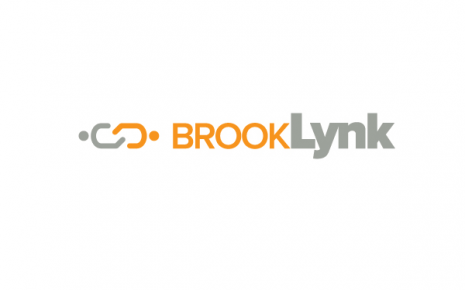When COVID-19 hit, it quickly became clear that UNITED 21CCLC needed to think differently about how to deliver programs, align with school policies and navigate constantly changing guidelines. “It gave us a new opportunity to look at what’s possible,” remarked Clarinda Solberg, 21CCLC grant administrator for United Way of Central Minnesota.
With new opportunities come new obstacles. And one of the biggest challenges that UNITED 21CCLC and its nearly two dozen partners faced was the need to deliver content and experiences virtually to youth and families who lacked technology to access that programming.
By that time, students had already turned in their school-issued technology devices, leaving many young people without access to new online summer programs. “This was a huge need,” Clarinda affirmed.
Undaunted, UNITED 21CCLC and the school districts agreed getting devices back in the hands of students for the summer was essential. But how to make that happen?
“One thing that really helped was that the Minnesota Department of Education requires access to devices for students who are enrolled in summer school,” noted Clarinda. With that existing structure as a starting point, UNITED 21CCLC and the school districts were determined to work out other details around summer use of the devices — and especially tricky was figuring out how to align all the community partners with school policies.
“Every different agency has different policies and practices,” added Amy Trombley, director of Education Partnerships for United Way of Central Minnesota. “We had to figure out how to ‘smoosh’ them all together.” Both women say that it took numerous hours, many zoom meetings, lots of creative thinking from all sides and a great deal of perseverance.
“There was an assumption that resources would be shared,” reflected Amy. “The question was HOW to do it, not IF we would do it.”
New permission forms were drafted and devices readied for return to students. New protocols were explained to partners — via even more zoom meetings! Now UNITED 21CCLC just needed to actually get the devices back into the hands and homes of students. The final link was school district teachers who were already volunteering in the local neighborhoods with the summer meal delivery program. They knew who needed the devices and where to find them, and the teachers “really took it upon themselves to make this happen,” Clarinda commented, acknowledging the many layers of cooperation and people dedicated to putting youth needs first that made this possible.
“We don’t fully believe in no when it comes to kids,” summed up Clarinda.


